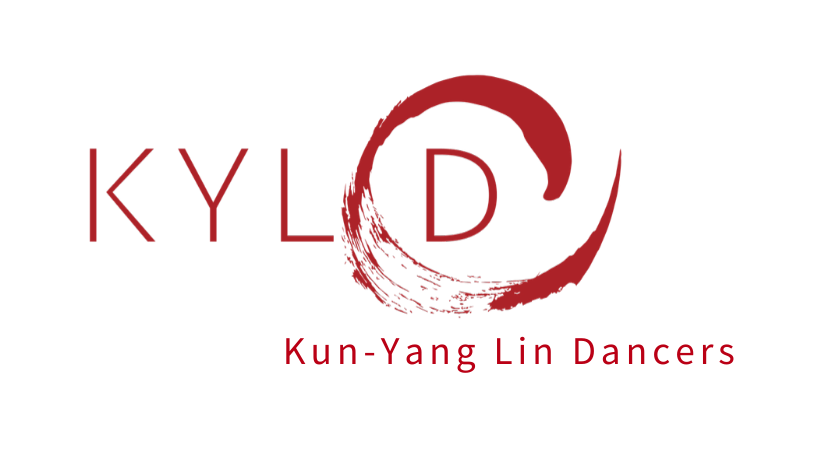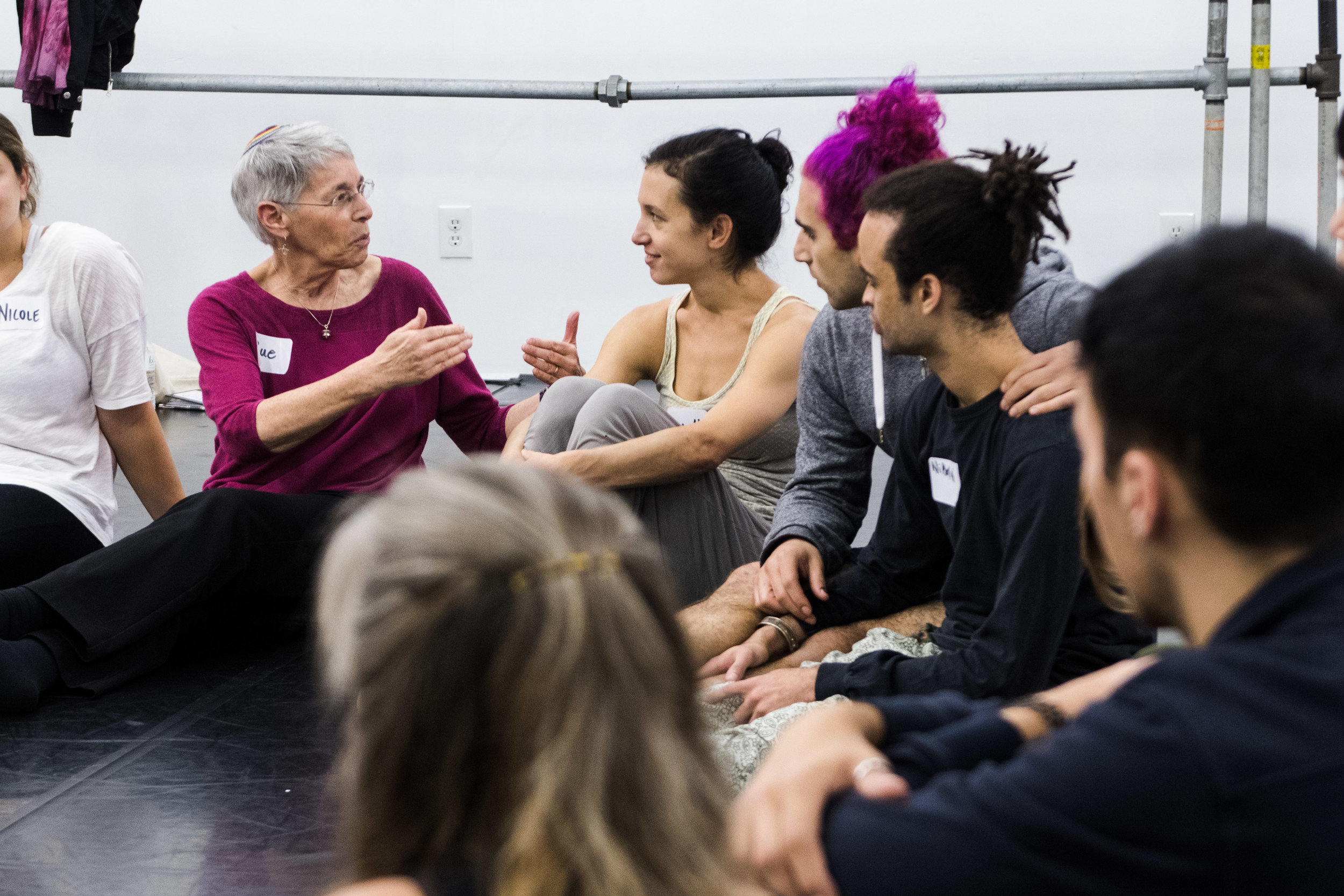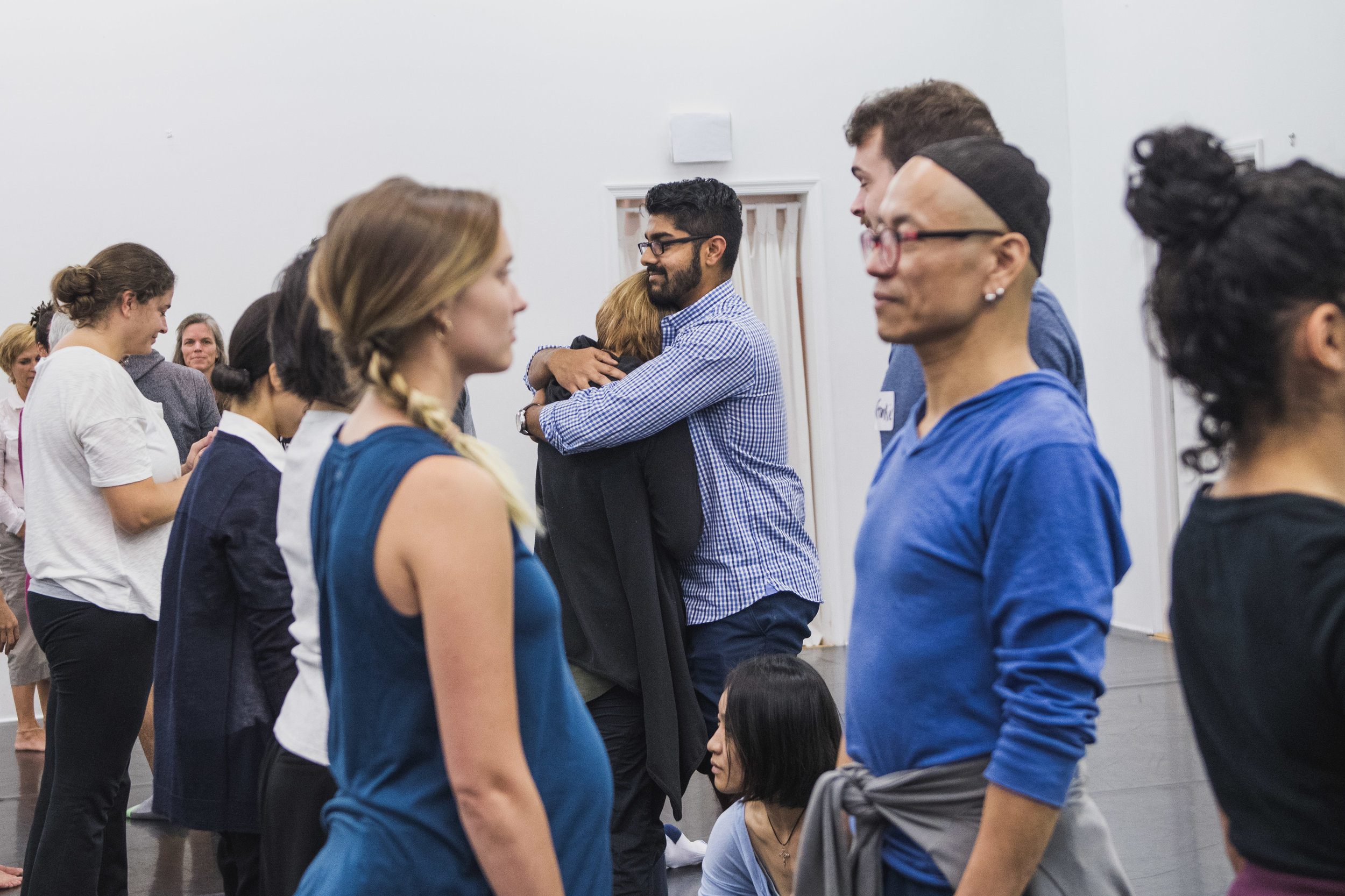Readers: How do you define “spirituality”? How have you experienced “spirituality” in KYL/D’s work?
As we continue to move through Faith Project, I’m interested in breaking open some of the language we’re using. Kun-Yang’s work is often described as “spiritual.” What does that mean?
Spirituality:
1) 1) Something that in ecclesiastical law belongs to the church or to a cleric as such; 2) clergy; 3) sensitivity or attachment to religious values; 4) the quality or state of being spiritual (From Merriam-Webser.com)
2) 1) the quality or fact of being spiritual; 2) incorporeal or immaterial nature; 3) predominantly spiritual character as shown in thought, life, etc. (from Dictionary.com)
3) 1a) Relating to or affecting the human spirit or soul as opposed to material or physical things; 1b) Having a relationship based on a profound level of mental or emotional communion; 1c) (of a person) not concerned with material values or pursuits; 2) Relating to religion or religious belief (from En.oxforddictionaries.com)
4) 1) concern with things of the spirit. 2) Property or income owned by a church (from vocabulary.com)
I combed through KYL/D’s archives. The word “spiritual” can be found in (at least 11) reviews of Kun-Yang and the company dating as far back as 1997. The word “connection” or a reference to the relationship between dancer and dancer and/or dancer and audience is also mentioned.
I’d argue that KYL/D’s foundational training, Kun-Yang’s CHI Awareness Practice and its evidence on stage is the catalyst for this description.
In CHI Awareness, Kun-Yang guides us to develop a connection/ relationship… :
- Within ourselves, as individuals – the internal self, that thinks and feels through thought and emotion, and the physical self, that thinks and feels through movement.
- With those moving in the space with us – the other dancers.
- With the Space, itself – the studio or theatre.
- With those witnessing our movement – our audience.
- With an idea or impulse - in the case of Santuario, with the memory of the Pulse tragedy; in HOME/S. 9th St., with the immigrant experience; in Mandala Project, with the mandala as a form of contemplative practice and the circle as a way to create unity and community.
In a rehearsal for Faith Project, Kun-Yang, again approaches this idea of connection with space, individuality, community, and ideology through movement. He tells me that the gestures the dancers are performing stem from the idea of banging on a door. In most religious spaces, he reflects, there is a giant door that an individual needs to walk through in order to participate in the religious experience. The vastness of the door – its size and weight – towers over the individual. It’s symbolic in its meaning that the individual is a small part of a greater reality. This door is a reminder that the individual is connected to a larger commonality.
Kun-Yang has arranged the dancers in time and space in a way that is reflective of a journey – possibly a metaphor for the emotional and spiritual process that one experiences when approaching and walking through an entranceway to a giant religious structure? When I pass through the threshold of a religious space, I’m often caught with a sense of awe, wonder, quietness, a feeling of being small, and a sense of connection. What do you experience?
Readers, How do you define “spirituality”? How have you experienced “spirituality” in KYL/D’s work?
Below are some of the references I mentioned above:
“Lin’s work, or at least what I’ve seen of it, always has a spiritual component…. Lin and his dancers are giving their audiences something, and on Thursday night, that something was hope.” ~Kat Richter for the Dance Journal, 2017
“Known for choreography embracing solemnity and Eastern spirituality, Lin draws dancers who tap into a reverence for humanity while exemplifying excellent modern technique and ensemble dancing.” ~Philadelphia Inquirer, 2014
“The man (Kun-Yang Lin) is highly spiritual, and that trait seeps into his expressive dance works, many of which are of a poetic, soulful quality. In both his life and art, Lin strives for a sense of connection and he’s handily achieved that on the local dance scene…” ~City Paper 2014
“Our need to connect and transcend is still ever present. What Kun-Yang does so well as a choreographer, artist, and individual is allow us through his artistry to view this need, making Beyond the Bones not only so moving spiritually but timeless as well.” ~Dance Journal, 2012
“If you attended the Painted Bride Art Center this past weekend, you could have been reborn… the acclaimed Philadelphia dance company Kun-Yang Lin/Dancers graced the stage at the Bride for an evocative performance that drew audience members into a physical and primal world, but one, which also hearkened to a very human spirituality and a sense of unity.” ~Knight Foundation, 2012
“Mandala… a masterwork of art, spirituality, and stagecraft” ~Philadelphia Inquirer, 2011
“exudes a spirituality that’s matchless in the local dance scene...” ~Broad Street Review, 2010
“Compassion – a duet set against the sound of Tibetan chants, the two dancers moved their arms and legs in graceful coordination as they moved in and out of series of intertwined posture. The movement had a spiritual overtone, reminiscent of thanka paintings of deities and consorts. The duo moved with a striking poise, strength, and confidence; the performance was a fusion of power and grace, a ritual where the sacred and profane intersect.” ~The Martha’s Vineyard Times, 2004
“deeply spiritual, remarkable” ~Dance Magazine, 2001
“(His) New York debut at the Cunningham studio were notable for their craft and sturdy spirituality.” ~Jennifer Dunning, June 1997
~ Jessica Warchal-King
NOTE: To make a comment on this blog, you do not need to make an account- just click "Comment(s)" in bottom left hand corner, write your comment in the comment box that appears, click "Post Comment..." then type in your first and last name and click "Comment as Guest")
Major support for the Faith project has been provided by The Pew Center for Arts & Heritage, with additional support from the National Endowment for the Arts.






